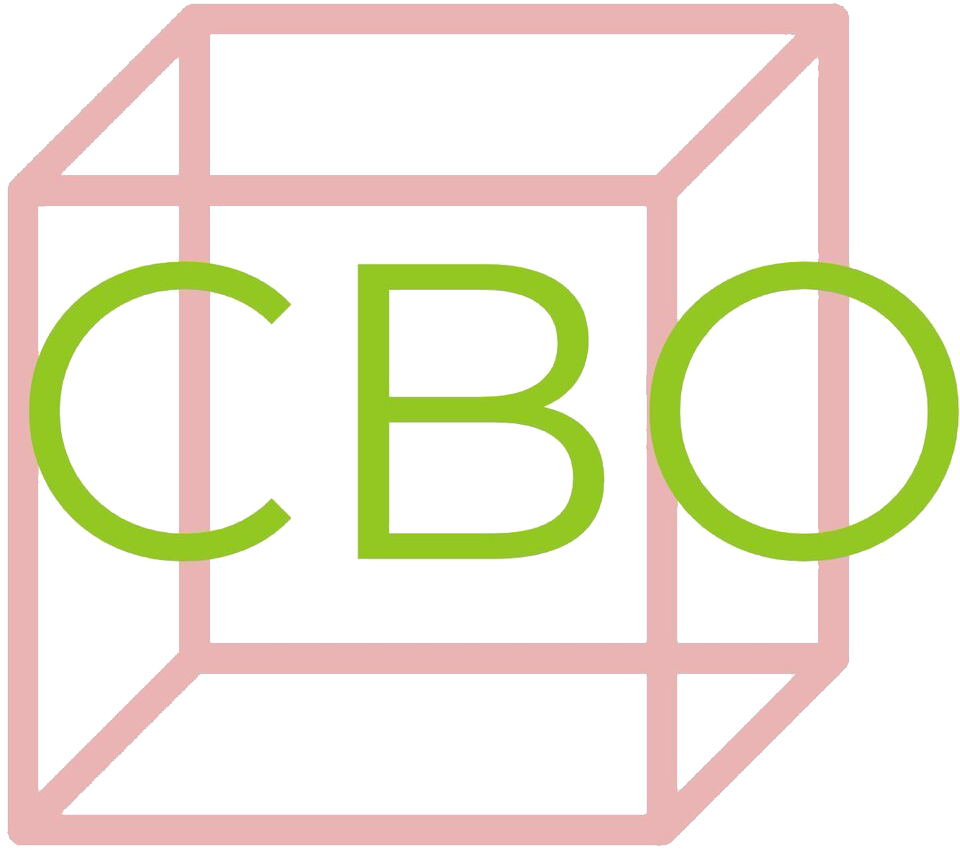I was flipping through the T.V. stations Saturday morning when I came across America’s Test Kitchen, one of my favorite cooking shows. (Bridget and Julia rock!) They were preparing baklava, the Middle Eastern treat I hadn’t had in decades. (I’ve had plenty of halvah, which is similar but different.)
Now I’m the kind of person who, when I’m obsessed with something, I need it now. And I suddenly needed baklava! I asked my iPhone for “baklava near me” and it came up with someplace in San Jose. So I made the rounds of every bakery and coffee shop I could find in my own neighborhood. Must have gone to fifteen places between West Grand down to Chinatown. Plenty of muffins and croissants but no baklava. Finally ended up at Blue Bottle, on Ninth Street. No baklava, but when I told the kid behind the counter what I wanted, he suggested Sana’a, on Broadway, just a block away.
I knew Sana’a. It’s Yemeni-owned (Sana’a is Yemen’s capital), so I was hopeful as I entered. The pastry display case was blocked by a Dad and his two young daughters, taking forever to decide what they wanted, so I couldn’t really see it. But I asked the lady who worked there if they had baklava, and she said yes, chocolate and pistachio.
I knew enough about baklava to know that pistachio is the classic baklava flavor in Turkey. According to Smithsonian Magazine, “the earliest versions of baklava as we know it today came around 500 years ago, during the Ottoman Empire.” It was always an expensive treat because of the high cost of honey and pistachios. Eventually baklava became a Jewish treat as well. It has to be handmade of sheets of phyllo.
So I got a triangle of the pistachio baklava (about $6.00) to go and munched on it as I continued down Broadway. The weather was chilly and windy, but the baklava warmed my soul. It seemed to encapsulate everything about Oakland cuisine: the intensity of flavor, the authenticity of its ethnic origins, the sweet spiciness, the sheer delight of every bite. This was something that made my search worthwhile.
Now in the mood for caffeine and the acidic bitterness of espresso, I made my way to Starbucks in the 200 block of Broadway, where I had a cappuccino. With the baklava and coffee in my belly I was mellow. The afternoon had warmed up, so I took my time walking back home, north up Broadway past City Center. When I got to the bar at the corner of West Grand that used to house Luka’s (I don’t know the new name), I heard the words “nice shirt.” I turned, and it was a young, handsome Latino security guard. He was with another security guard, a muscular older Black guy. “Thank you,” I murmured, and kept walking, when I heard another “Nice shirt.” This time it was the Black guy. I turned again and said “Thank you.” The second guy said, “Man, you got it all: Tommy Bahama and Currys.” I laughed. I was amazed he knew my sneakers. “All you need now is a skateboard!” he added.
Actually my Hawaiian shirt wasn’t Tommy Bahama; the brand is “reyn spooner” (lower case on the label). I bought it in Santa Barbara nearly 40 years ago; the brand still exists and is expensive. It predated Tommy Bahama’s founding by eight years, making it, I suppose, vintage. It is a very beautiful shirt, hanging just below the waist and wildly, tropically colorful, one of my favorite articles of clothing. I wore it unbuttoned over my blue and yellow Nirvana shirt. The “Currys” he referred to are my red sneakers, one of Stephen Curry’s entrepreneurial ventures, fine, comfortable, and well-made. I also was wearing my black basketball trunks, aviator sunglasses, and my old green and gold Oakland A’s cap.
Well, it’s not often I get kudos from guys for my sartorial tastes! It made me feel good—at my age! I reflected how great an influence Oakland streetwear has had on me. My city is so diverse, so cool. I personally wouldn’t sag; you need to be young and have a good body for that. But I love the look.
As I made my way back to Adams Point, still purring over the baklava, I thought that, in Oakland, you can usually find what you’re looking for, although it may take a bit of work.
Steve Heimoff
